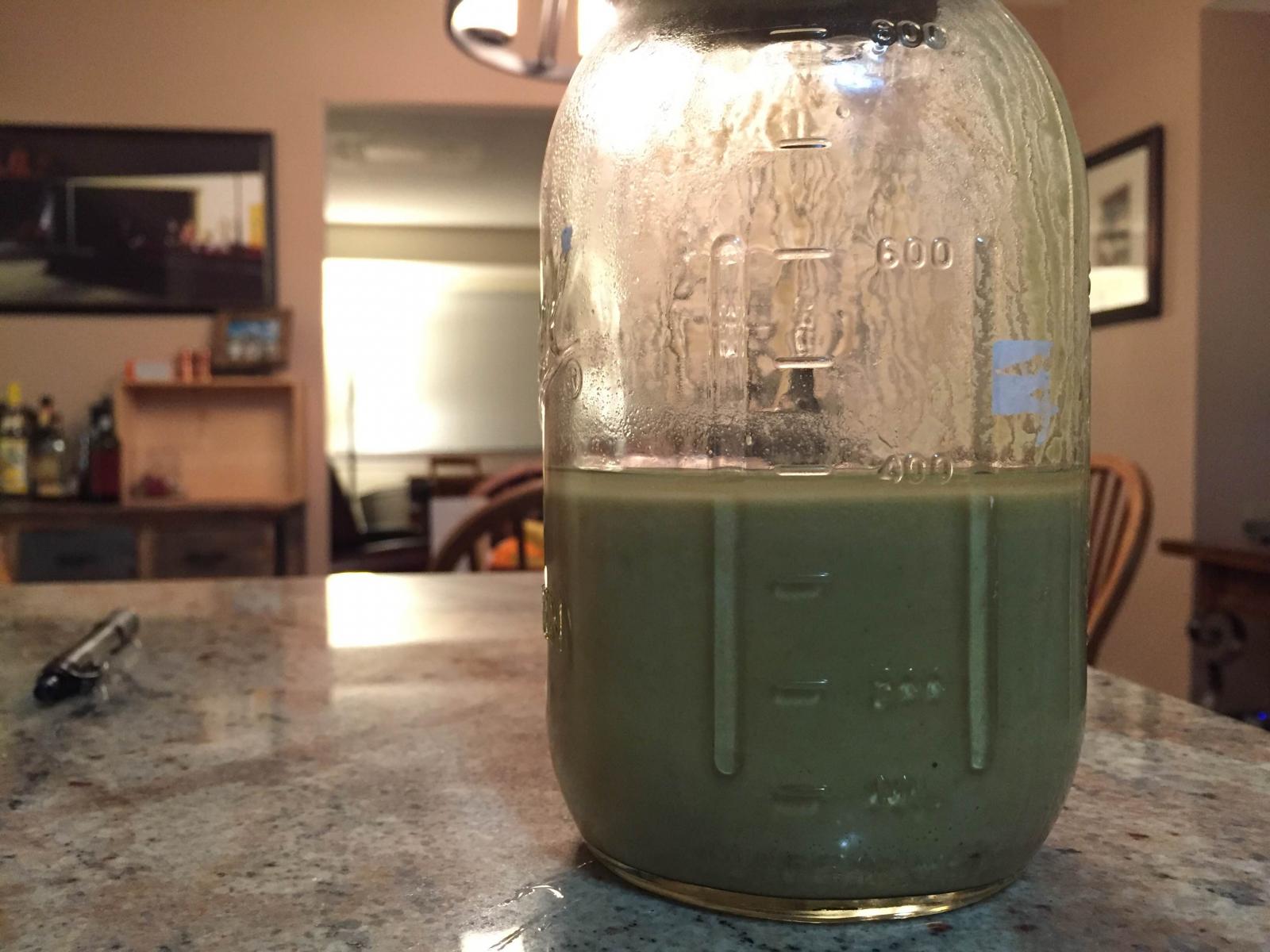tempestam83
Well-Known Member
Hi guys. Washed my first batch of yeast on Saturday. WL California Ale yeast. Going to reuse it again this weekend for a 3-gallon IPA.
I have about 400 ML in a jar. How does this look?
Would I need to use a starter if I'm only storing it for a week?
How much of this do you think I should use for a 3-gallon batch?
Thanks for your help!

I have about 400 ML in a jar. How does this look?
Would I need to use a starter if I'm only storing it for a week?
How much of this do you think I should use for a 3-gallon batch?
Thanks for your help!


























































![Craft A Brew - Safale BE-256 Yeast - Fermentis - Belgian Ale Dry Yeast - For Belgian & Strong Ales - Ingredients for Home Brewing - Beer Making Supplies - [3 Pack]](https://m.media-amazon.com/images/I/51bcKEwQmWL._SL500_.jpg)
